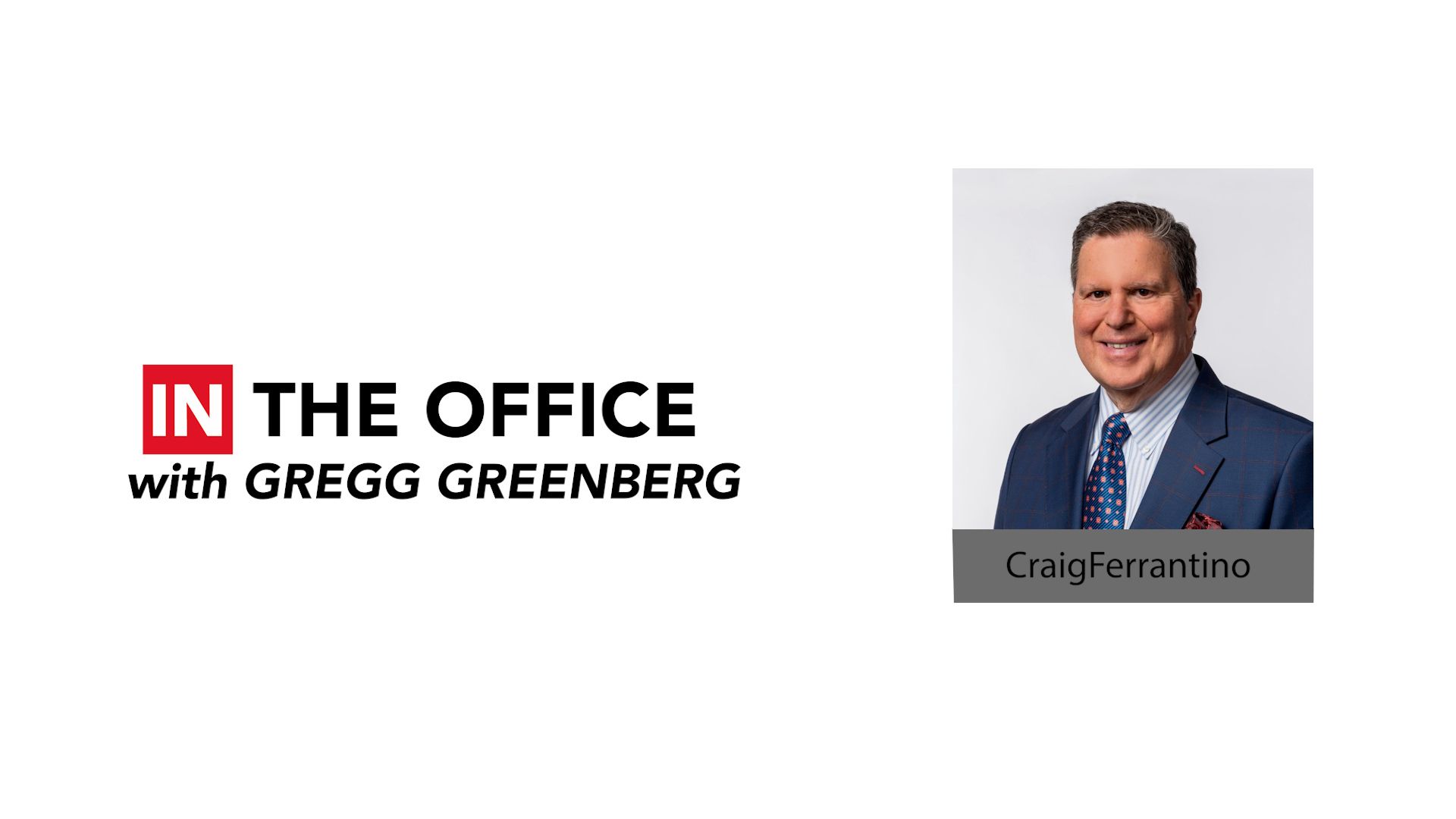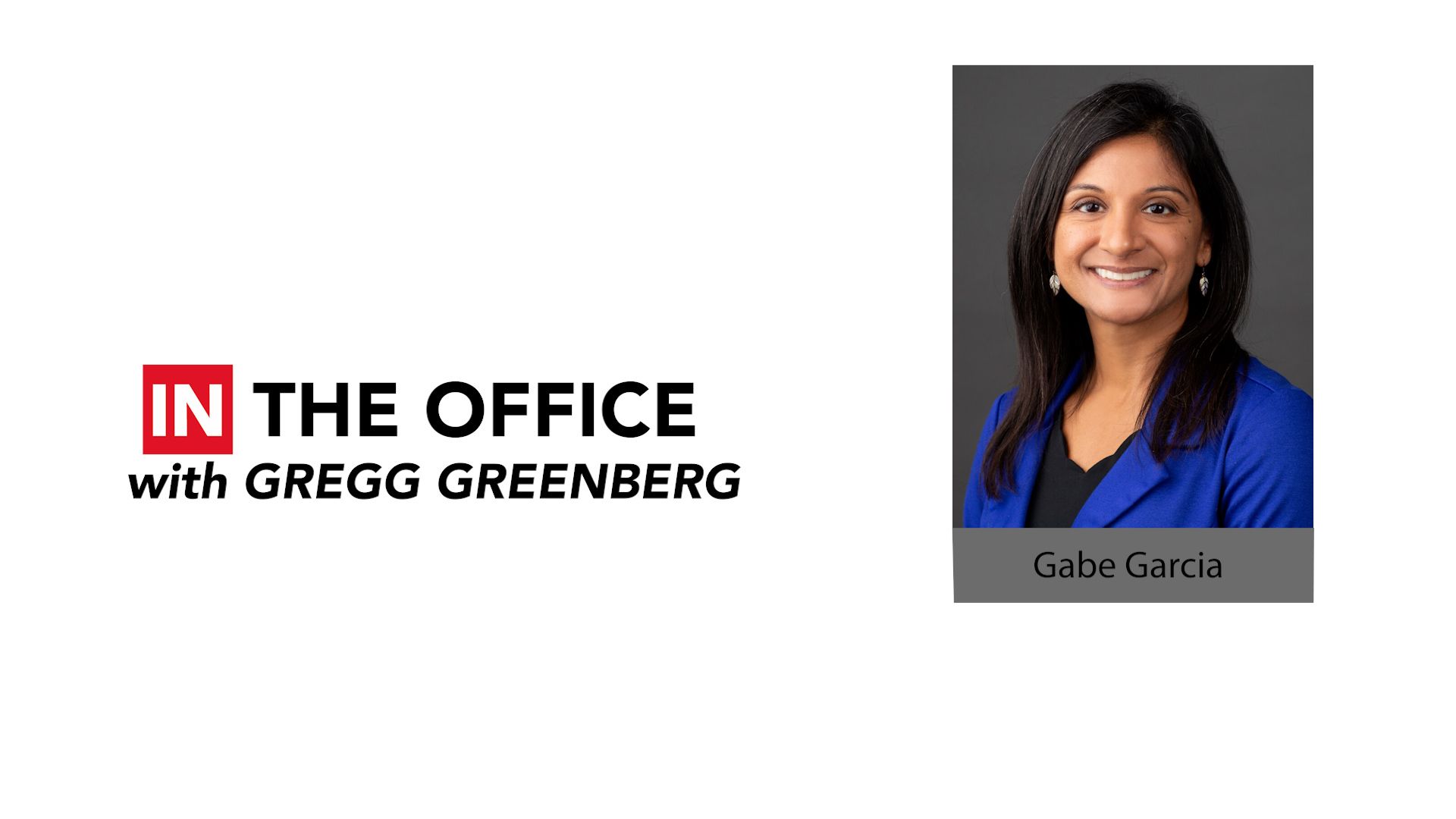‘IN the Office’ with Steve Scanlon, head of individual retirement at Equitable
Steve Scanlon, Equitable's head of individual retirement, sits down with InvestmentNews anchor Gregg Greenberg to discuss the surge of interest in annuities, as well as how investors can find the product that best fits their financial needs.
Gregg Greenberg: Inflation fears and market volatility have spurred a record number of investors to seek guaranteed income in the form of annuities.
Steve Scanlon: We see a lot of demand now. If you think about it, there’s things that we haven’t talked about in some time. You think about rising interest rates—it’s been a couple decades since we’ve talked about that. Inflation really hasn’t been anything we’ve spoken about in a couple decades. So now you’re starting to see people come around and say, I’ve got market volatility, I’ve got high inflation, and I have high interest rates, which is affecting my fixed income portfolio. What else is out there? And people are starting to come in. And those that have done annuities are starting to really do more and those that haven’t looked at them in a while are starting to look at them again and saying wow, they’ve really evolved.
Greenberg: Steve Scanlon is the head of individual retirement at Equitable. He’s seen firsthand the soaring demand for a product that is often questioned, to put it politely, by financial and Wall Street pundits. Why have annuities been such a lightning rod product in the past?
Scanlon: Well, there are certainly some bad press that’s been out there over the years about fees and then there are advisors out there that market their businesses around “you shouldn’t do annuities and all that.” I think anytime you put the word insurance in something, sometimes there can be a negative connotation but they’ve really changed. They’ve really evolved. It used to be sort of a one-size-fits-all sort of product. Now they’re much more solutions-based, where you can really customize what you want for the client and fees really don’t have to be an issue.
But I would always tell people that fees are an issue in the absence of value, you know what I mean? So if you get something out of it and it actually saves you years on your retirement or guarantees your income forever, it’s worth it. But for everybody it’s an opportunity to look and say “What’s right for me? Is there an annuity that I can look at that fits the solution that I need, not a one size fits all.”
Greenberg: Can you dig a little bit deeper into what’s changed? Because sincerely, 2022, it was just a massive year for annuity sales.
Scanlon: Right, well, so if you go back to when annuities, you know the inception of annuities, it was all just about tax deferral and that was it. Then you had tax deferral plus a death benefit. Then in the mid-90s, Equitable, we founded and innovated the very first living benefit. That really changed the game in annuities but it’s still, if you wanted the annuity, you had to pay for stuff maybe that you didn’t want—maybe you didn’t want a death benefit.
Now, fast forward to 2022, you’ve got multiple solutions that you can purchase based on what your need is. So if you just want to buy mutual funds tax deferred, and you don’t want to pay any fees for death benefits as an example, you can do that. So that’s why—so people look at it now and say I’ve got this particular client, so think about it this way: An advisor works with his or her client and they customize a solution for the family. Now they can do that with annuities instead of saying I’m going to do this annuity and it does all this stuff.
Greenberg: Can you talk a little bit more about how an investor should know which type of annuity is right for them? Because frankly, there’s a whole lot of acronyms out there.
Scanlon: Yeah well, there certainly is no lack of acronyms! I think the reality is when you work with an advisor, it’s a matter of what are your fears? What am I concerned about, what are my goals, what is it that I’m trying to accomplish?
And so as an example, if you’re worried about the volatility in the market and you just want to buy equities but you want to buy it with a buffer, then you would buy what’s called a RILA [registered index-linked annuity], right. But the reality is you could say kind of what you want—I really want to make sure that I get equity protection but I have downside protection. And the advisor is going to know what that is, so I think it’s a matter of looking and saying, “My need is this. What annuity, if any, might actually help me solve for the solution that I need?”
Greenberg: Yields have certainly moved up in the market so the big question that you may encounter going forward is, why not just buy bonds?
Scanlon: Well I mean as people have seen bonds are not immune from taking a hit, right? I think a big surprise for a lot of people last year that, if I had a 60/40 portfolio, the 60 was down and the 40 was down, right? So there’s no guarantee that your bonds are going to go up or down. There’s still volatility in the bond market. You can buy a fixed-income guarantee inside of an annuity that we think in many cases you know does better than your bonds over time. But that’s up to the investor to determine. But the point is there is no guarantee in bonds either.
Greenberg: And what about holding annuities in a retirement account? Where do they fit in here?
Scanlon: Well, if you think about an IRA as an example, that’s where people—most of their nest egg is, in many examples. So what people really want is to make sure that that IRA turns into income, much like people use their pension, you know, back in our grandparents’ day, to rely on that. They want to look at their IRA, which is in many cases their largest asset, and they say, I need that to turn into income. And annuities do that unlike any other product.



